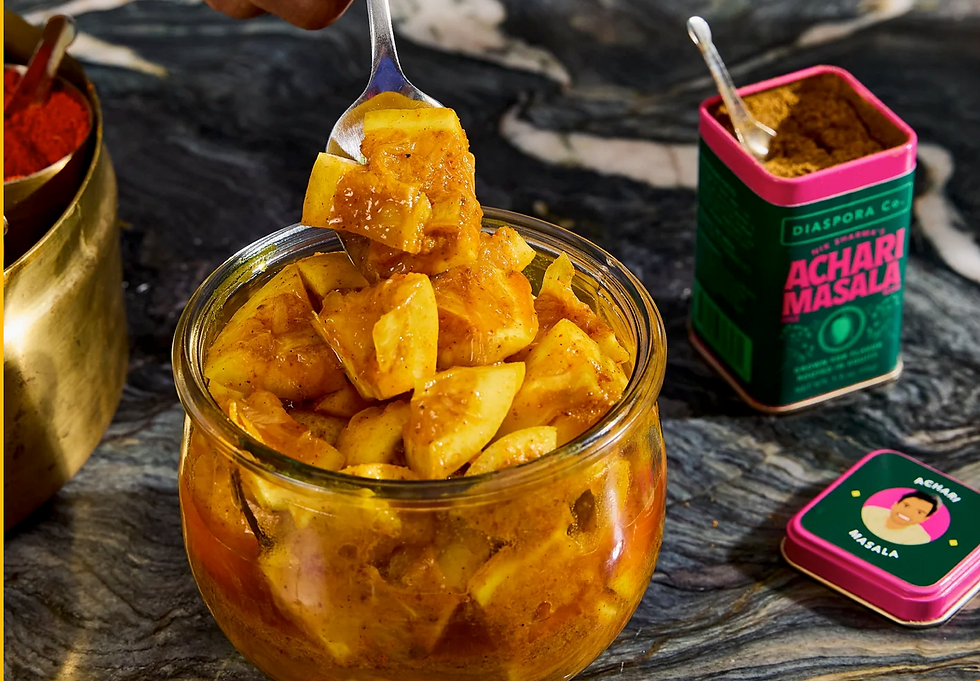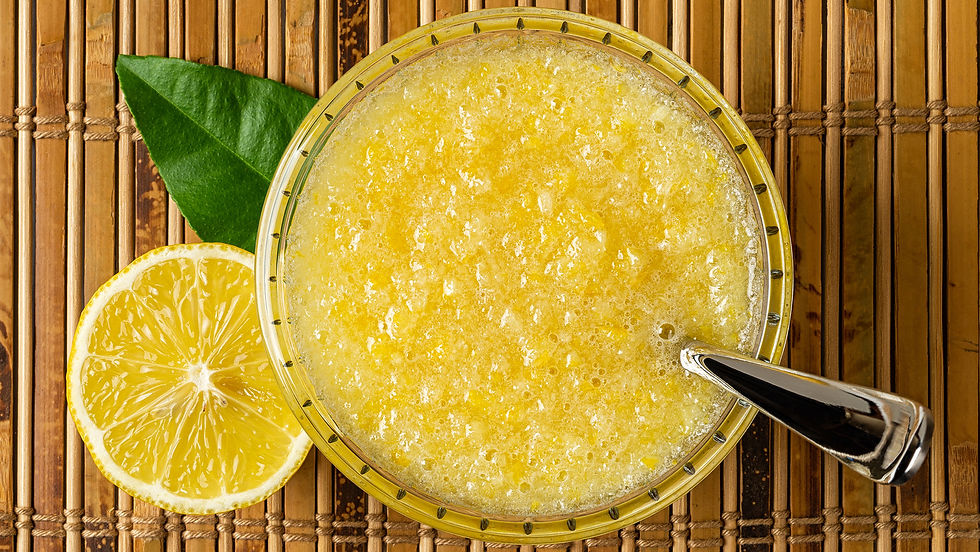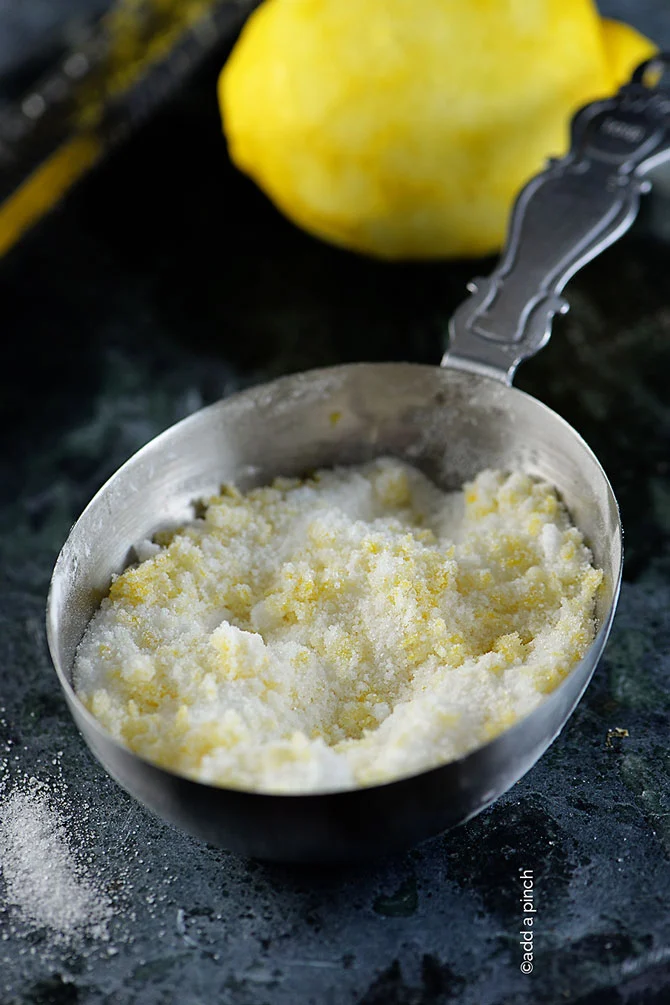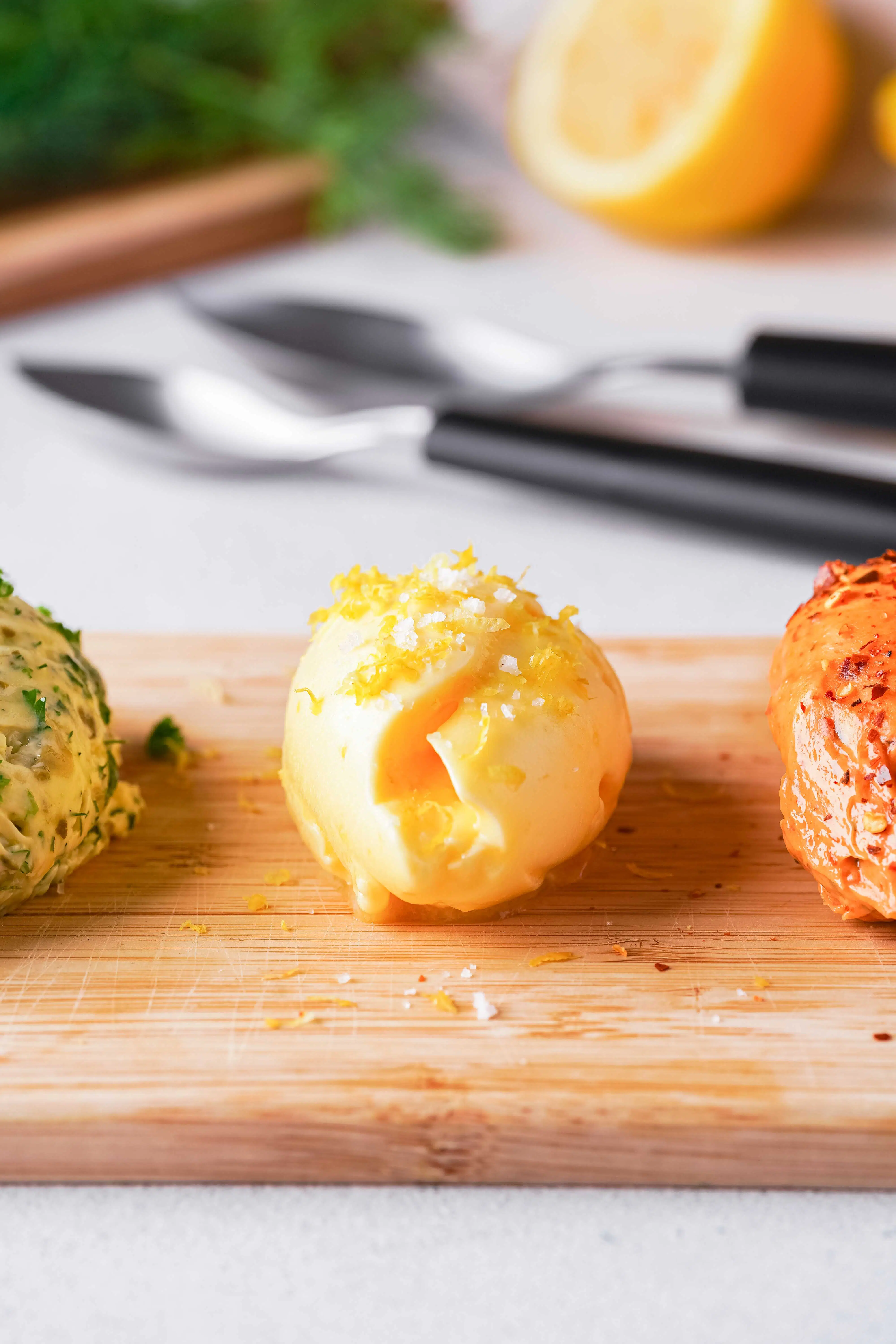"when the whole kitchen is filled with the scent of grated citrus the effect is startling. Slightly steamy, warm and bitingly fresh – this was the perfect kitchen atmosphere for a winter's day." Nigel Slater

A long time ago now in a post on potato peels I said that I should think about a series on peels of various kinds. And then I ignored that thought, as I often do. I didn't forget it in this case, just chose to ignore it. But last night as I lay trying to go to sleep with the brain churning away on this and that - all of it everyday and boring - I came back to the notion of a series on peels. So here I am with lemon peels. It was going to be citrus peels in general, and, of course, a lot of what I shall be saying is equally applicable to any kind of citrus. However, as I started 'researching' - just from my books - I haven't looked at the net as yet - I realised that the uses for lemon peel are vast. So vast that I gave up on including things that were specifically for any other kind of citrus. They are also so vast that I feel a bit overwhelmed. Where to begin, or how to arrange this?
Having realised how vast the possibilities are, and also that at least a third of them are with respect to cleaning things, I've decided to ignore the cleaning and stick to the cooking - in the loosest sense of the word. Maybe I'll do cleaning some other time.
I think I'll try to do it in sections according to the size of the peel you are dealing with, beginning with the easiest - a half lemon you are left with having squeezed it for the juice. Although I might note here, two generalised instructions - freeze them until you need them or zest them before you use them - then you will have the just the zest to deal with. And moreover you might even get to use the zest someday.

Solution number one is to make preserved lemons, because as Hugh Fearnley-Whittingstall says:
"When you use preserved lemons, you often scoop out and discard their salty flesh anyway"
So true, although whether the juice and flesh adds anything I don't know. But then again, you could use the juice from the lemons to pour over the top when you've removed the membrane from inside the lemon halves, cut them into large pieces and covered each layer with salt. Almost a cheat, but not really, because it's actually a pretty genius way of using up the whole lemon and also making preserved lemons without needing more lemons for their juice. The Guardian's Tom Hunt does the same thing but slightly differently in that he just covers the lemon halves with a brine.

The Indians pickle them differently with lots of spices, and I'm sure there are lots of different versions. This one is from Nik Sharma and is called Lemon achar. I see that it uses a commercial spice mix - I do know that achar is sour mango - so I guess you could just use a mix with that ingredient, or just use another one. Why not? I'm guessing that most Indian housewives would.

Purée them. Food Republic has a really good article here from Carly Weaver, who summarizes the process thus:
"simmer the lemon pieces for around 30 minutes until they soften. After cooling, remove the inner pulp. Alternatively, you can roast the peels first if you prefer a richer, caramelized lemon."
Then you blitz them in a food processor. But it doesn't stop there. You can go sweet or savoury If sweet add sugar, and also flavourings such as vanilla if you like, then add it to various sweet desserts as a sauce ... If you go savoury - well go for it. Add whatever you fancy and you have a condiment that will brighten and flavour all sorts of dishes.
Tray bakes - I'm not sure where I saw this now, but some time ago I saw that somebody - maybe Jamie - just added them to a traybake. Well why not, if you're anything like me, when you've squeezed your lemons you've usually still got a bit of flesh and juice left in the bottom anyway.

Moving on to large pieces of peel - the first option is to dry them - in a dehydrator if you have one or in an oven at 145-170ºC for 1-2 hours. They can then be stored or ground into a powder. What to do with them then?
Well the whole peel can be added to mulled wine, infused with olive oil or added to marinades or salad dressing. Maybe added to cocktails? I don't know much about cocktails, but I'm guessing that dried peel might be useful.
For the powder, add it to salt for a flavoured salt, use like cinnamon in baking, add to guacamole, add to salad dressings, add to roasting fennel, or indeed other roasting things you might think would benefit from this.

Speaking of cocktails you can also make Oleo saccharum (citrus syrup), which is used in making cocktails. Lots of people mentioned this but this picture is Tom Hunt's version in the making. Basically you put your peels into a bowl with an equal weight of sugar - no pith - bash it around a bit and leave to macerate for 24 hours, turning it around now and then. Then strain out the syrup, pushing down hard to extract as much as you can. But it can be used for more than cocktails:
"mix it into a salad dressing, say, or use as a glaze for meat or roast vegetables or to sweeten a citrussy pudding." Tom Hunt

And speaking of alcohol, really there is no better use for lemon peel than limoncello. This is my own current vintage photographed in the garden today. It's not perfect because there is a tiny bit of zest or maybe flesh in the bottom of the bottle. Maybe my straining technique is faulty. Nevertheless it is delicious and super easy. Macerate lemon peels in a bottle of vodka in a wide mouthed large jar in the dark for quite a while - a few weeks I seem to remember. Then add a lemon syrup and macerate some more. Strain through muslin/cheesecloth and bottle. I cannot now remember whose recipe I use but there are lots of them online. What happens to mine is that I forget about it because it's in a little-used cupboard, and so it probably does each stage of maceration for longer. I suspect that deepens the colour. The taste is always sublime though.
The people from Cornersmith also have a recipe for a Citrus skin syrup, which you mix with sparkling water for a 'perfect non-alcoholic aperitif.'
They also suggest making a citrus flavoured vinegar, that can be used in salad dressings and grain-based dishes, but interestingly when I looked for recipes online - there were plenty - they were all for cleaning vinegar. Cornersmith say to just add peels to a bottle of white wine vinegar or apple cider vinegar over a six week period, strain and use.
Or you can make tea. Lots of recipes online, although I suspect that orange peels are more favoured than lemons here.
I almost forgot to mention candied lemon peel - well any citrus peel. The size of the peel is a matter of taste really. You can use large pieces, slice those pieces into thinner pieces or use shredded peel. And this is where I turn to Jane Grigson who says:
"My advice would be to get into the habit of making it and store it away. Different peels can be prepared together, and I always include all the white pith which clings to the outer skin. With cooking in the sugar, it is transformed, becoming translucent and coloured and altogether delicious."
You can dip them into chocolate too. Eat them as they are or use them to flavour and/or decorate sweet things - tarts, cakes, puddings, even salads I guess. There are lots of recipes online. Basically you just cook them in a syrup. And yes, you can do slices too - maybe even prettier.

Then there are lemon shreds - you need one of those clever zesters with small holes for these. Sometimes you just add them to almost everything just as they are but there are other things you can do with them - including candying I guess, although there will be no pith here.
I suppose that this is where lemon shreds and lemon zest - the kind you get when you grate lemon peel on the smallest hole on your box grater - merge as far as usage goes. Although the shredded peel is marginally more decorative I guess for salads and cakes. Boil them to take away the bitterness. You can fry them too.
Zest - from your grater is fine, but juicy and as we all know is a common ingredient in almost everything. However, it is also how you make lemon sugar, lemon salt and lemon butter.
There are lots of recipes online of course, but basically I think with the butter you just add the zest to the sugar, ditto for the salt except that you then bake it - I assume so that the zest does not dissolve the salt, and the butter - well just mix it all together and shape as you like. I also have a feeling you can use dried zest - you can dry zest as well as peel.
I'm sure I have missed something, but I think it gives you a picture of the almost endless things that can be done to keep lemon peel from the rubbish bin. And if you can't think what to do with them at the time you acquire them, just freeze them for later.

N is for Notice. This project is a whole lot harder than I thought it would be. Didn't seem much else - name, number plate, number 9, and nets. Tried to see a nest or a nail but couldn't.
My notice, however is a little poignant and food for contemplative thought. I wonder whether they found him.
YEARS GONE BY
January 26
2021 - Nothing
2019 - A new kind of lucky dip
2018 - Remembering Paul Bocuse
2017 - Nothing








Limoncello wins the day. Limon I understand, but the cello is a musical instrument. Go figure as they say! Well the young do sometimes.